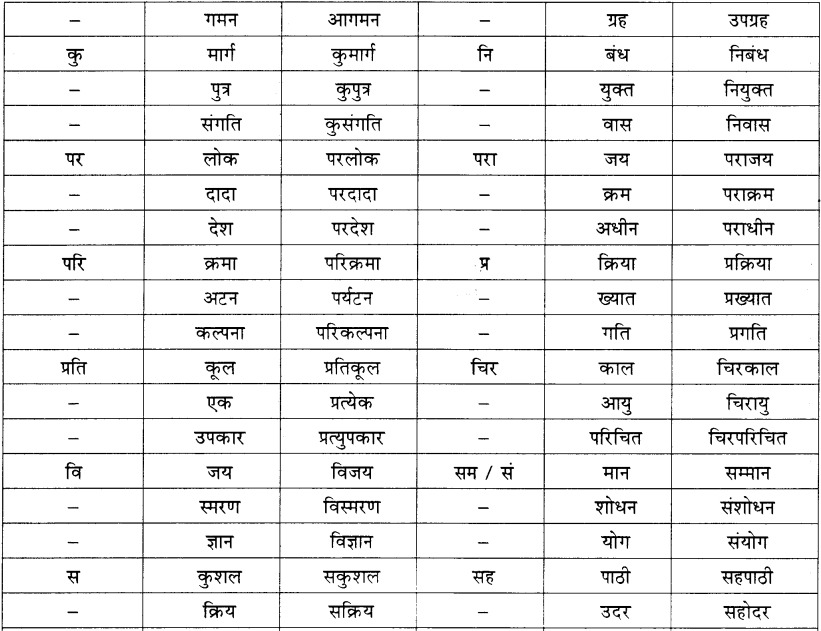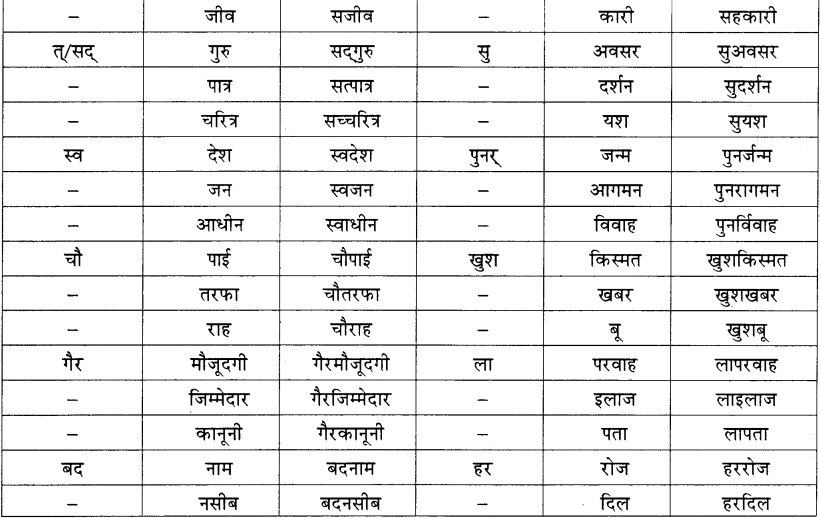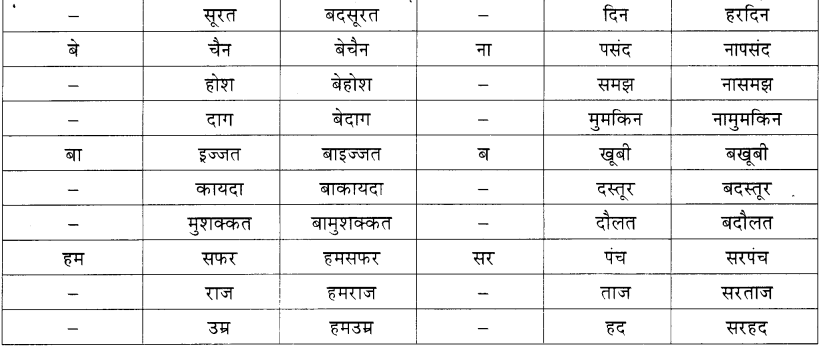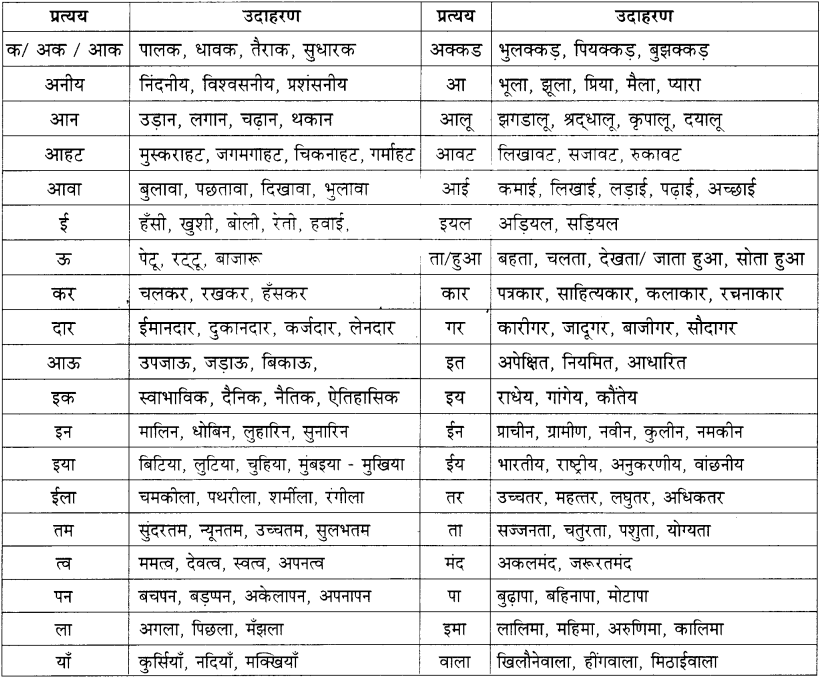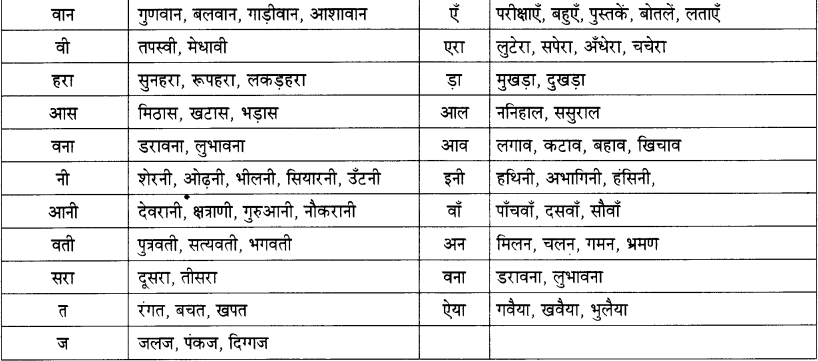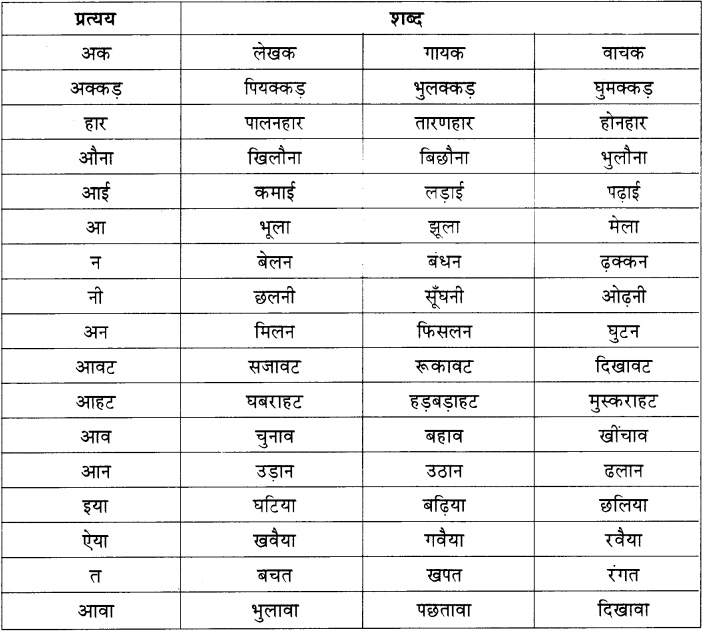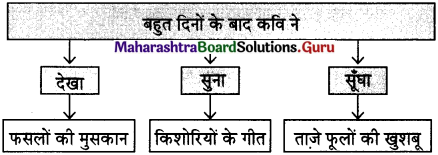Maharashtra State Board Std 11th Commerce Book Keeping & Accountancy Textbook Solutions Digest | Class 11 Accounts Solutions
Bookkeeping and Accountancy 11th Solutions | Accounts Class 11 Solutions
- Chapter 1 Introduction to Book Keeping and Accountancy
- Chapter 2 Meaning and Fundamentals of Double Entry Book-Keeping
- Chapter 3 Journal
- Chapter 4 Ledger
- Chapter 5 Subsidiary Books
- Chapter 6 Bank Reconciliation Statement
- Chapter 7 Depreciation
- Chapter 8 Rectification of Errors
- Chapter 9 Final Accounts of a Proprietary Concern
- Chapter 10 Single Entry System

